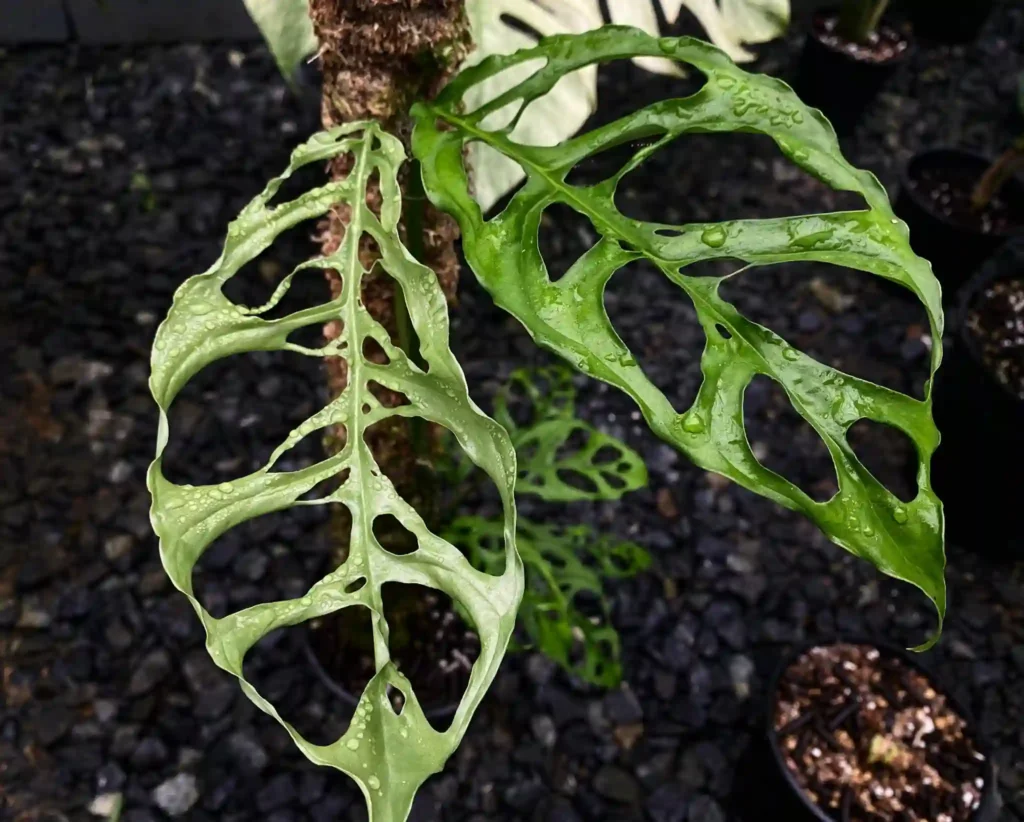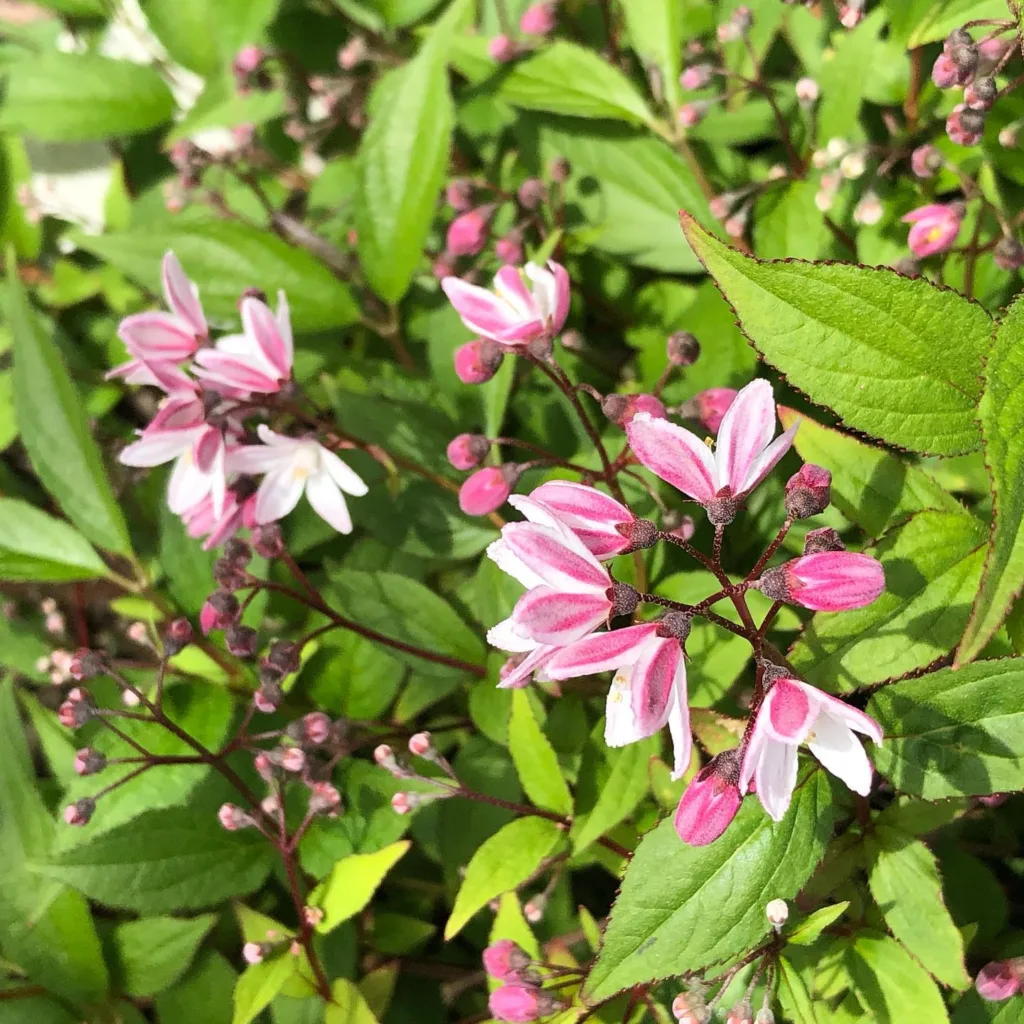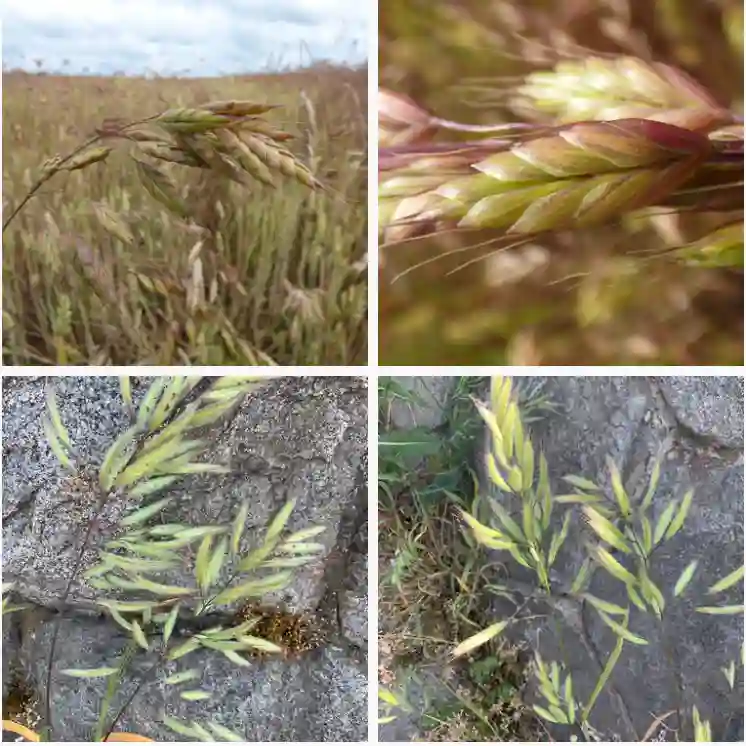Plectranthus Guacamole: FAQs Answered
As an avid plant enthusiast, Plectranthus Guacamole has quickly become one of my favorite foliage plants. Its vibrant lime-green leaves and subtle variegation make it a standout in any garden or indoor space. Over time, I’ve learned a lot about this unique plant, so I wanted to answer some frequently asked questions (FAQs) to help you make the most of your Plectranthus Guacamole.
83 Species in Genus Plectranthus
What is Plectranthus Guacamole?
Plectranthus Guacamole is a tropical perennial plant that belongs to the Lamiaceae family, which also includes mint. It is known for its striking, guacamole-colored foliage, hence the name. The plant has a semi-trailing growth habit, making it ideal for hanging baskets, containers, or ground cover in shaded areas. Its leaves are slightly serrated with a soft, velvety texture, which adds to its visual appeal.
How to Care for Plectranthus Guacamole?
Taking care of Plectranthus Guacamole is relatively easy, making it a great choice for beginners or those looking for low-maintenance plants.
- Light: This plant prefers bright, indirect light. Direct sunlight can scorch its delicate leaves, so be mindful of placing it in areas where it gets filtered light. If you’re growing it outdoors, choose a spot with partial shade.
- Watering: Plectranthus Guacamole enjoys consistently moist soil, but it’s important not to let it become waterlogged. I find it best to water when the top inch of soil feels dry. Overwatering can lead to root rot, which is a common issue with this plant.
- Soil: Well-draining soil is essential. I typically use a potting mix with added perlite to ensure proper drainage. If planting in the ground, amend the soil with organic matter to improve aeration.
- Temperature and Humidity: This plant thrives in warm, humid conditions. It doesn’t tolerate frost, so if you’re in a colder climate, consider bringing it indoors during the winter or treat it as an annual. Indoors, a humidity level of 40-60% is ideal.
- Fertilization: During the growing season, I feed my Plectranthus Guacamole with a balanced liquid fertilizer every 4-6 weeks. This helps maintain its lush foliage and encourages healthy growth.
How to Propagate Plectranthus Guacamole?
Propagating Plectranthus Guacamole is one of my favorite activities because it’s incredibly easy and rewarding. The most common method is through stem cuttings.
- Cutting: Take a healthy cutting from the plant, about 4-6 inches long. Make sure it has at least a couple of nodes where the leaves attach.
- Remove Lower Leaves: Strip the leaves from the lower half of the cutting, leaving a few at the top.
- Rooting: Place the cutting in water or directly into moist soil. If you choose the water method, you should see roots forming within a couple of weeks. Once the roots are a few inches long, transfer the cutting to soil.
- Aftercare: Keep the new plant in a warm, humid environment with bright, indirect light. Regularly misting it can help with humidity if you’re growing it indoors.
What to Plant with Plectranthus Guacamole?
I’ve found that Plectranthus Guacamole pairs beautifully with other shade-loving plants, creating a lush, layered effect in the garden. Some great companion plants include:
- Hostas: Their broad leaves contrast nicely with the finer texture of Plectranthus Guacamole.
- Ferns: The feathery fronds of ferns complement the bold, colorful foliage of Plectranthus.
- Coleus: With its vibrant foliage, Coleus can enhance the color palette in your garden.
Planting these together creates a visually appealing, low-maintenance garden bed that thrives in shaded areas.
How to Use Plectranthus Guacamole in Landscaping?
Plectranthus Guacamole is incredibly versatile and can be used in a variety of ways in landscaping:
- Ground Cover: Its semi-trailing habit makes it an excellent ground cover for shady garden beds. It fills in spaces quickly, providing a carpet of bright green foliage.
- Containers: I love using Plectranthus Guacamole in containers and hanging baskets. It adds a pop of color and spills over the edges beautifully.
- Borders and Edging: Its dense foliage makes it perfect for lining walkways or garden borders, adding a soft, colorful edge to the landscape.
Is Plectranthus Guacamole Toxic?
One of the common questions I get is whether Plectranthus Guacamole is toxic to pets or humans. The good news is that this plant is non-toxic. It’s safe to have around children and pets, so you can enjoy its beauty without worrying about potential hazards.
Common Problems and Solutions
Although Plectranthus Guacamole is relatively low-maintenance, there are a few issues that can arise:
- Root Rot: As mentioned earlier, overwatering can lead to root rot. To prevent this, ensure your soil is well-draining, and don’t let the plant sit in waterlogged soil.
- Pests: Occasionally, you may encounter pests like aphids or spider mites. I’ve had success using insecticidal soap or neem oil to control these pests. Regularly inspecting your plants can help catch infestations early.
- Leggy Growth: If your plant becomes leggy, it might not be getting enough light. Move it to a brighter location with indirect sunlight to encourage bushier growth.
Final Thoughts
Plectranthus Guacamole has earned a permanent spot in my collection due to its ease of care, vibrant color, and versatility in both indoor and outdoor settings. Whether you’re a seasoned gardener or just starting, this plant is a great addition to your space. Its non-toxic nature and adaptability make it perfect for households with pets, children, or anyone looking for a pop of color in shaded areas. With a little attention to light, water, and soil, Plectranthus Guacamole can thrive and bring joy to your garden or home.
If i die, water my plants!



